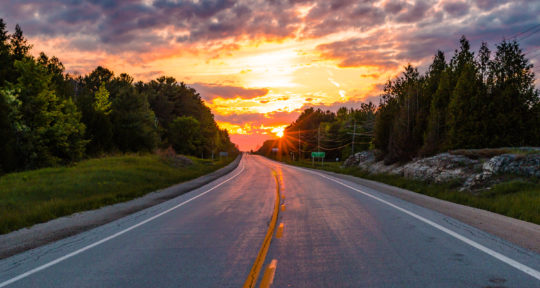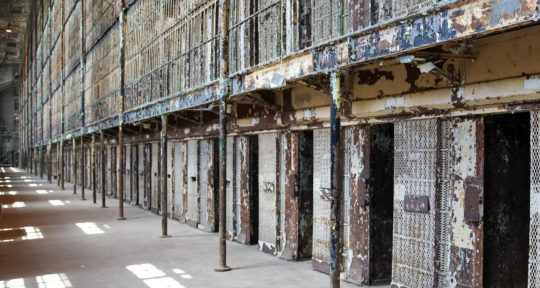Vast plains, relentless sun, and straight-talking folk who know your name before you’ve met them. This is the Lone Star State through the lens of The Highwaymen, a recent Netflix film starring Kevin Costner and Woody Harrelson as past-their-prime Texas Rangers tasked with finding and killing Bonnie and Clyde.
In pursuit of the famed killers, the pair travel hundreds of miles on dirt roads and lonely highways, passing through small towns whose hard-luck inhabitants and sepia-colored everything are straight out of a Dorothea Lange retrospective. It’s a moving and exacting portrait of rural Texas in 1933, at once beautiful and strange, desolate and deeply connected.
The most mentioned small town in the film is Lubbock, Texas, a city 125 miles south of the panhandle that’s best known as the birthplace of Buddy Holly. In 1933, Lubbock was remote but resourceful. Today, it’s the same—but different.
They came to barbecue
“It takes a special person to live in and appreciate this part of the country,” says Arnis Robbins, recent Lubbock transplant and the co-owner, alongside his wife Mallory, of Evie Mae’s Barbecue.
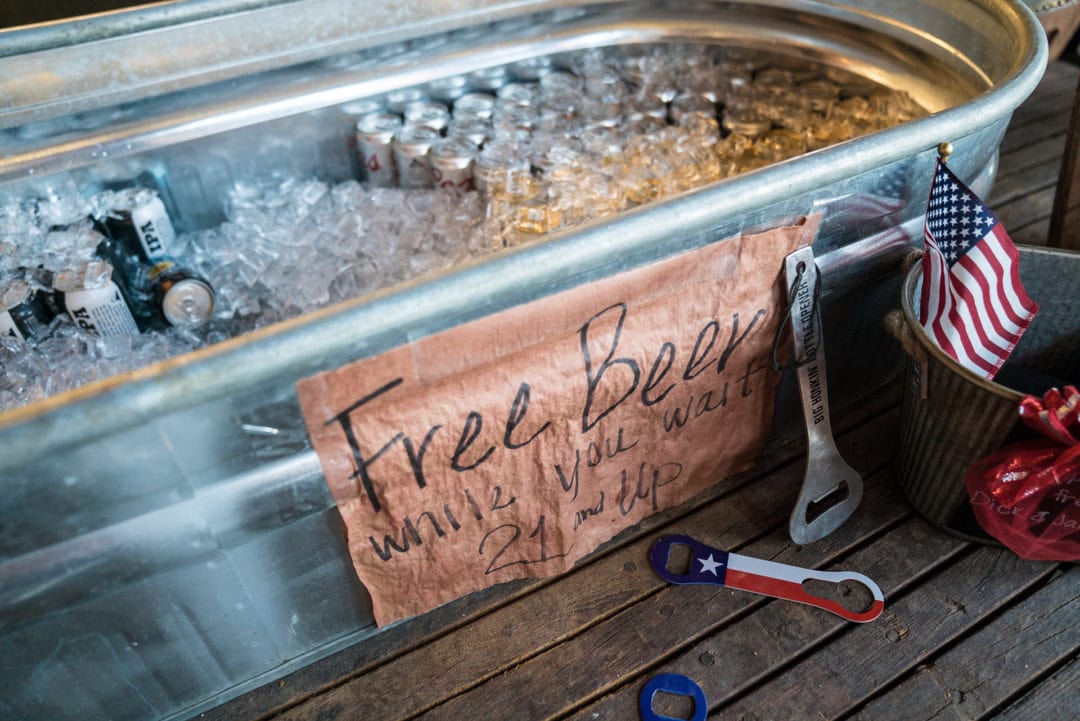
Robbins grew up in New Mexico’s Eastern Plains and spent his youth traveling from Clovis and Portales to Lubbock.
“It was the nearest ‘larger’ city,” he jokes, noting the irony of calling Lubbock “large.” (The city’s current population is roughly 250,000.) Robbins was thus familiar with the challenges of life in West Texas’ High Plains—the climate, the geography, the isolation—when he and his family moved there in 2014.
They came to barbecue. Wednesday to Saturday, Robbins and his pit crew serve brisket, sausage, prime rib, and pulled pork brushed with Texas-style barbecue sauce. Tomato-based and heavy on the Worcestershire, it’s less tangy than Carolina barbecue and more savory than Memphis and Kansas City sauces. Most days, they sell out by 3 p.m.
“What Lubbock and West Texas lack in geographical beauty and interest, they make up for in great people.”
For Robbins, Lubbock’s people are its best asset: “What Lubbock and West Texas lack in geographical beauty and interest,” he says, “they make up for in great people.”
Walking toward the stadium to watch a Texas Tech football game—the scope and centrality of which cannot be overstated—a tailgating student echoes Robbins’ sentiment. When I ask her if people in Lubbock envy the attention the state’s larger cities receive, she laughs.
“We don’t want to be Austin. I mean, I like Austin,” she says, almost apologetically, “I just like Lubbock more. I like the people in Lubbock more.”
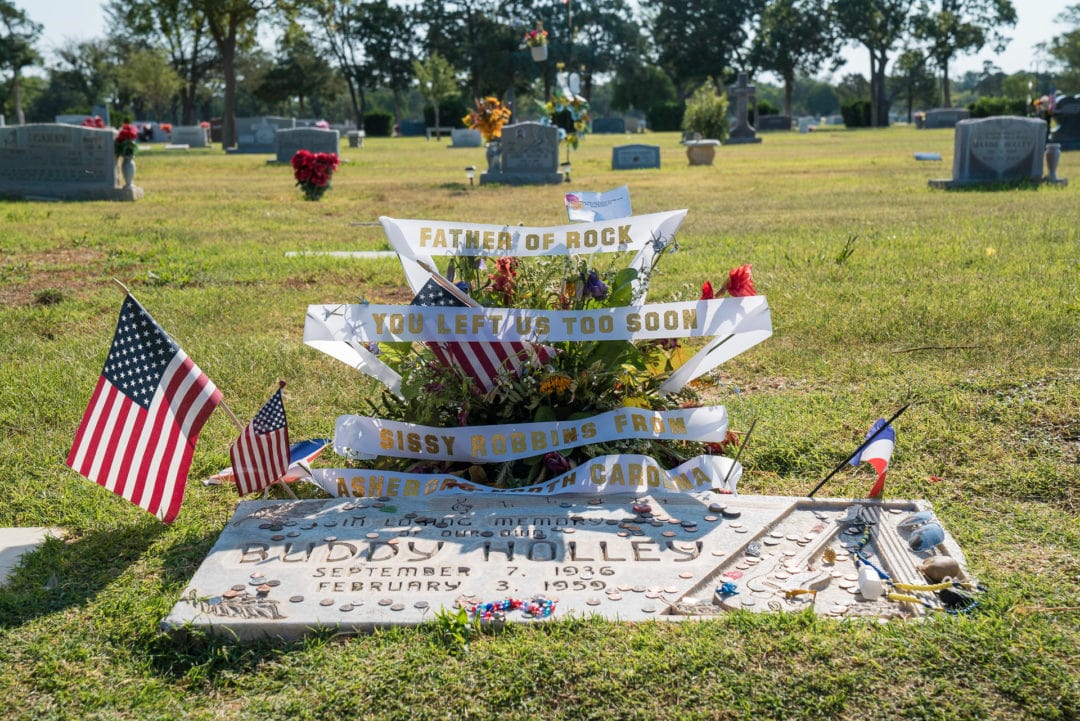
The day the music died
Lubbock might have actually been Austin if history had gone differently. Buddy Holly, the lanky rock-and-roller famed for his thick-framed Faosa glasses and sophisticated musical style, was born in Lubbock.
Those who knew him say he wanted to build a recording studio in his hometown, a place where he and his artist friends could make music.
Sadly, he died before that could happen. In 1959, the plane shuttling Holly and fellow musicians Ritchie Valens and J.P. “The Big Bopper” Richardson between concerts in Iowa and Minnesota crashed, killing everyone on board. Holly was 22 years old.
Sixty years on, Holly remains Lubbock’s favored son. Among the city’s must-see sites are The Buddy Holly Museum, where visitors can view the glasses the singer was wearing on the night of the fatal crash, read about Holly’s influence on the then up-and-coming Beatles, and view the surprisingly discreet Buddy Holly gravesite. Both are somber reminders of what might have been.
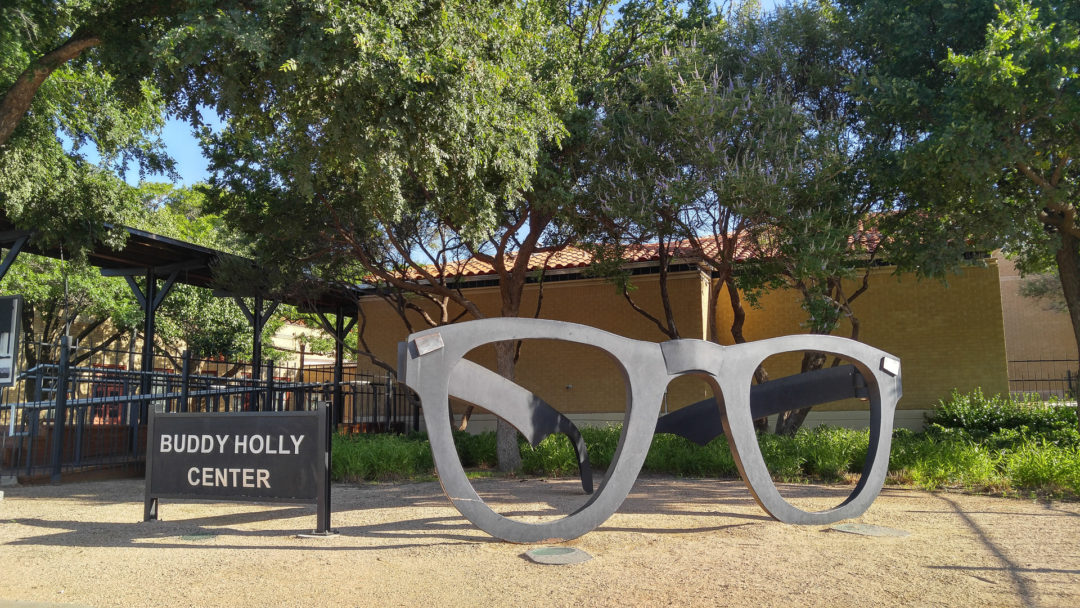
But what might have been might still be. Construction of The Buddy Holly Hall of Performing Arts and Sciences is nearly complete, with organizers anticipating a mid-to-late 2020 opening. Designed to host major concerts and Broadway touring companies, the 22,000-square-foot venue is slated to be the permanent home of Ballet Lubbock and the Lubbock Symphony Orchestra, and the creative crown jewel of West Texas.
Limitless Lubbock
On the surface, Lubbock seems an odd choice for a cultural hub. Can a city whose residents number just over half the population of New York City’s least lived-in borough support it?
But scratch that surface, and Lubbock’s rich artistic roots appear. The Dixie Chicks’ Natalie Maines was born in Lubbock; John Denver graduated from Texas Tech; and Elvis, Hank Williams, and Little Richard all played Lubbock’s iconic Cotton Club Dance Hall before they were marquee names. (The Cotton Club burned down in 1980 after a 42-year run.)
Locals say Lubbock’s outsized creativity comes from its uninterrupted horizons. Skyscrapers are absent here. Open sky and broad stretches of flat land are Lubbock’s stocks-in-trade. They leave room for what Don Caldwell, owner of Lubbock’s nearly 50 year-old Caldwell Recording Studios, once called “a reckless energy.”
There is breath here, I think. In the stillness of the West Texas Plains, I am free to try and free to fail.
Driving along Route 62—staring into the wide, empty spaces between ranches and restaurants, groceries and schoolyards—this makes sense to me. My mind is uncrowded. Its stranglehold on my self-confidence releases, and the lid on my imagination lifts. There is breath here, I think. In the stillness of the West Texas Plains, I am free to try and free to fail.
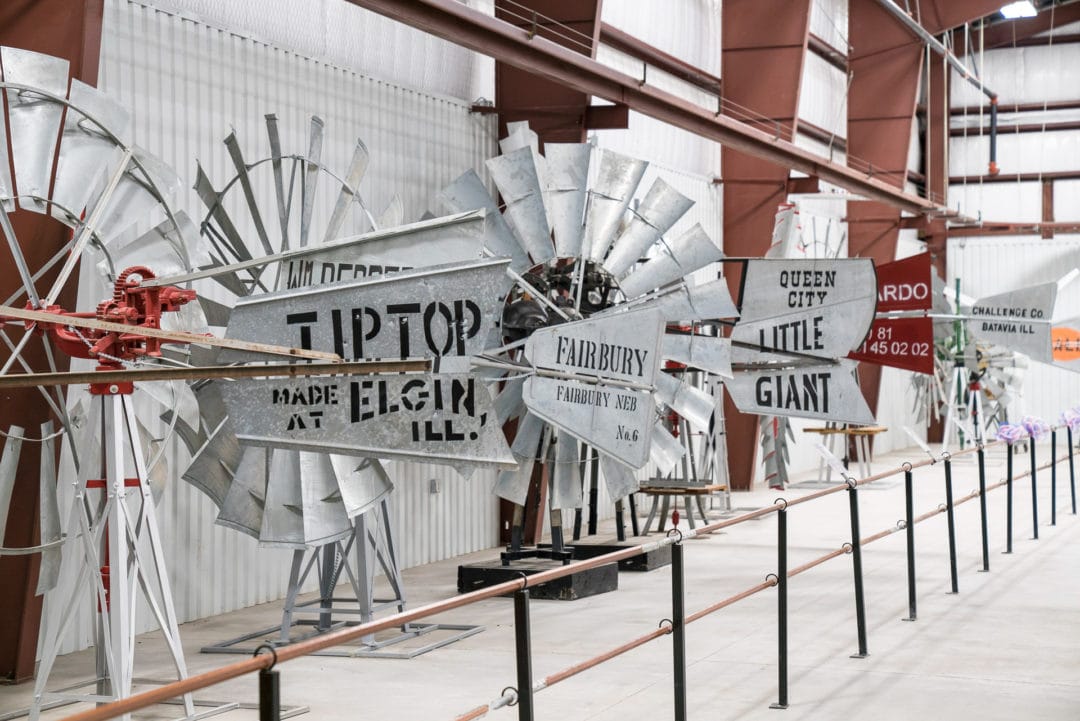
Lubbock’s creativity is matched by its quirk. Nowhere is this more apparent than Prairie Dog Town, a seven acre plot of land reserved solely for free-range prairie dogs (who are actually squirrels, by the way). Watching these creatures dart in and out of their burrows is oddly satisfying—imagine whack-a-mole, without the whacking.
Equally curious is the American Windmill Museum. Comprising 28 acres of rolling hills and more than 170 rare and restored windmills, it’s a testament to American ingenuity. It’s also the largest windmill museum on the planet.
And then there’s Spanky’s world famous fried cheese, a batter-dipped, flash-fried slab of mozzarella that is required eating when in Lubbock. Why is it world famous? Lorena Sanchez, Spanky’s Manager, explains: “It’s just really, really big—like the size of a butter stick big.”
Smart art
Though Lubbock boasts its share of wacky attractions, it’s also serious about fine art. The Public Art Review consistently places Texas Tech among the Top 10 public art spaces in the U.S. Its more than 100-work collection, with an average of five new works added per year, includes contributions by notable artists like Peter Hurd, Jesus Moroles, and Glenna Goodacre.
Still, outdated ideas about the style and subject matter of art in Texas persist. “I wouldn’t say misconceptions about [it] are universal across the state,” says Emily Wilkinson, Director for Public Art at Texas Tech. She does, however, believe that Lubbock is often misrepresented in the art world.
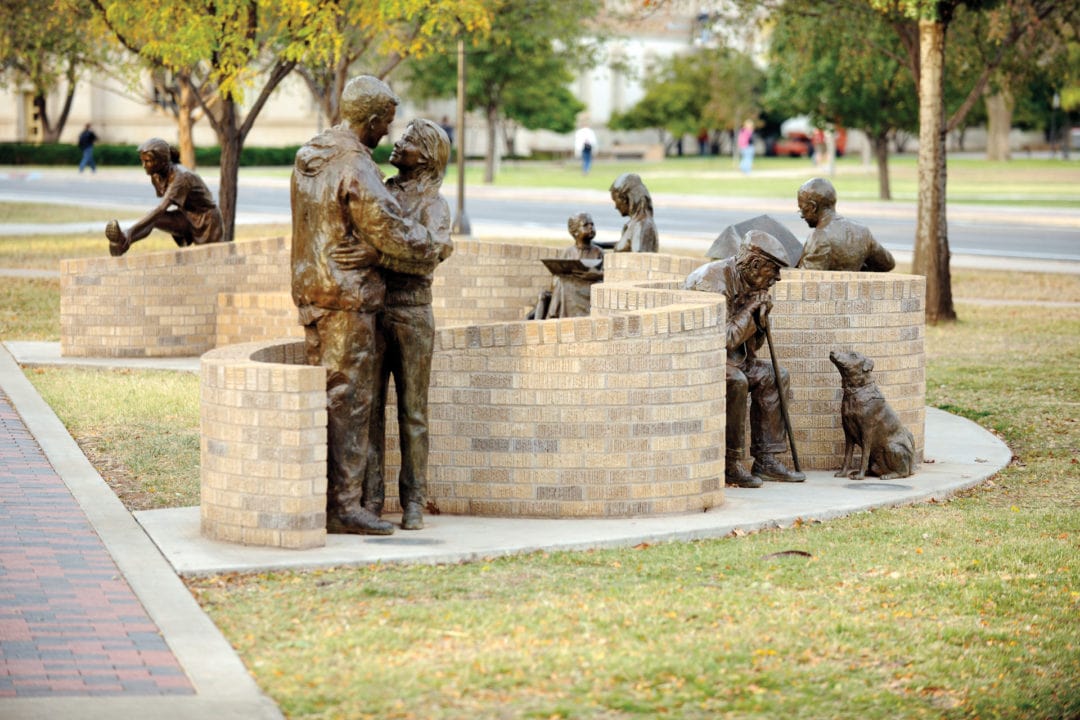
“We are removed from many of the larger cities like Dallas and Houston,” she says, “so many people think all our art is rural themed or stereotypical Western art.”
It’s a hurdle that’s difficult to clear given Lubbock’s proud boots-and-buckles identity. The National Ranching Heritage Center, a history park and museum highlighting local ranching culture, boasts thousands of artifacts from America’s Westward Expansion. And the Cowboy Symposium, a celebration of all things Wild West, is arguably Lubbock’s most popular annual event.
History’s keeper
As I write this, I’m reminded of my mom’s reaction when I told her I was going to Lubbock: “Oh yeah, I know Lubbock. We passed through it every summer when I was a kid.”
She was referencing her family’s yearly pilgrimage from Southern California to Oklahoma, a four-day-long road trip that included brief stops in Texas to see aunts and uncles who hadn’t migrated, as my grandparents had, to the Golden State.
Though these trips took place in the 1950s, they conjure images like those in The Highwaymen: grandma draping a damp cloth across her shoulders to stave off heat; grandpa cursing the static that interrupted Hank Williams and Kitty Wells on the transistor radio; my mom and her sister sleeping, as they drove through the night, on a bed made of suitcases stacked on floorboards until flush with the back seat.
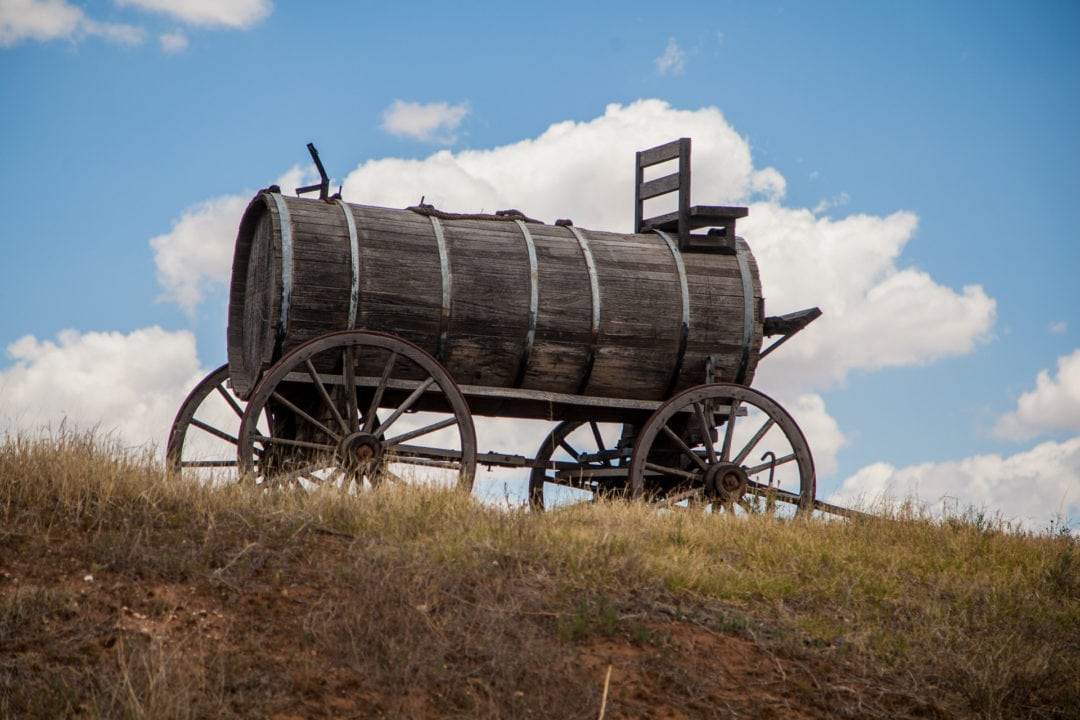
There is a nostalgia in their telling—a yearning for life to be slow, songs to be sweet, sleep to come easy—and a grit that unites them all. I am resilient, they say. I keep on.
I wish more stories were written about small towns, about Lubbocks and Merceds and Akrons and Shaws. They may not be Paris. They don’t have the pyramids or the Great Wall, and you don’t get a stamp in your passport when you visit.
They’re not destinations. They’re living history, the keepers of America’s stories, and testaments to the successes and stains of its past. Small towns like Lubbock aren’t #travelgoals. They are us.

